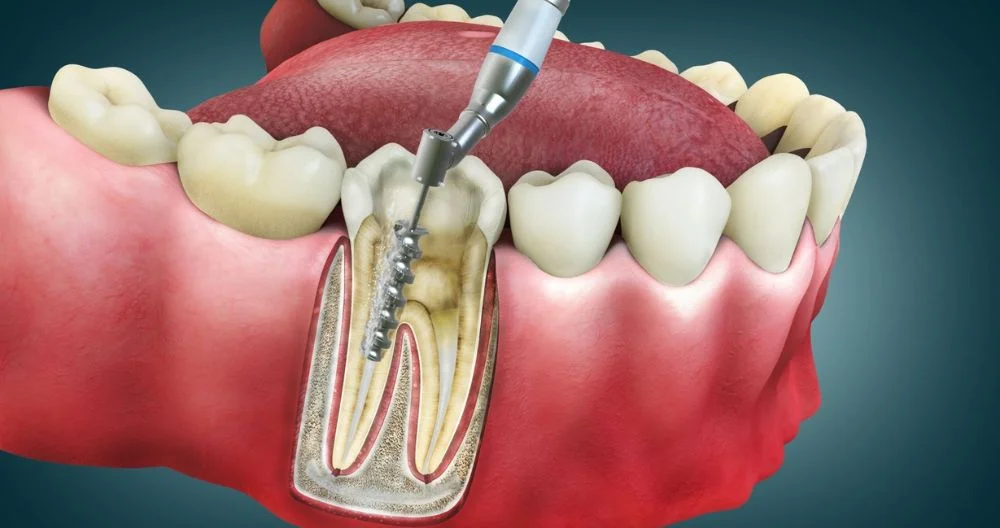What Are The Side Effects Of Root Canal Treatment?
- Home
- What Are The Side Effects Of Root Canal Treatment?

[vc_row][vc_column][vc_column_text]
A root canal is the naturally occurring anatomic space within the root of a tooth. It is a treatment used to repair and save a tooth that is badly decayed or becomes infected.Background information included in a paper by Iqbal states that success rates for root canal work performed by general dentists run on the order of 65% to 75%. Whereas for specialists, this number lies around 90%.
The doctor may suggest you go through root canal process in the following condition:
Mentioned below are the following steps for the root canal.
The dentist will place a small amount of numbing medication on your gum near the affected tooth. Once it has taken effect, a local anesthetic will be injected into your gums. You may feel a sharp pinch or a burning sensation, but this will pass quickly. You will remain awake during the procedure, but the anesthetic will keep you from feeling any pain.
When your tooth is numb, the endodontist or general dentist will make a small opening on the top of the tooth. Once the infected or damaged pulp is exposed, the specialist will carefully remove it using special tools called files. They will care to clean out all the canals in your tooth.
Once the pulp has been removed, the dentist may coat the area with a topical antibiotic to ensure that the infection is gone and to prevent reinfection. Once the canals are cleaned and disinfected, the dentist will fill and seal the tooth with a sealer paste and rubber-like material called gutta-percha. They may also prescribe you oral antibiotics.
The dentist will end the procedure by filling the small opening in the top of the tooth with a soft, temporary material. This sealant helps prevent the canals from being damaged by saliva.
You are recommended to eat soft foods after your procedure to avoid irritation and allow your mouth to recover. Here is a list of foods can you can consider.
Note: you should avoid eating until numbness from the anesthetic has completely disappeared so that you don’t accidentally bite an area that hasn’t yet regained sensation.
The side effects of root canals include:
A study tested the effectiveness of root canal cleaning procedures and found endotoxins and pathogenic bacteria in 100% of root canals. The cleaning procedures can clear up to 44% of these bacteria, but the bacteria always persist. Hence, this could lead to long-term problems, including serious ones. Therefore, there are five ways that a root canal can lead to problems, including:
[/vc_column_text][/vc_column][/vc_row]